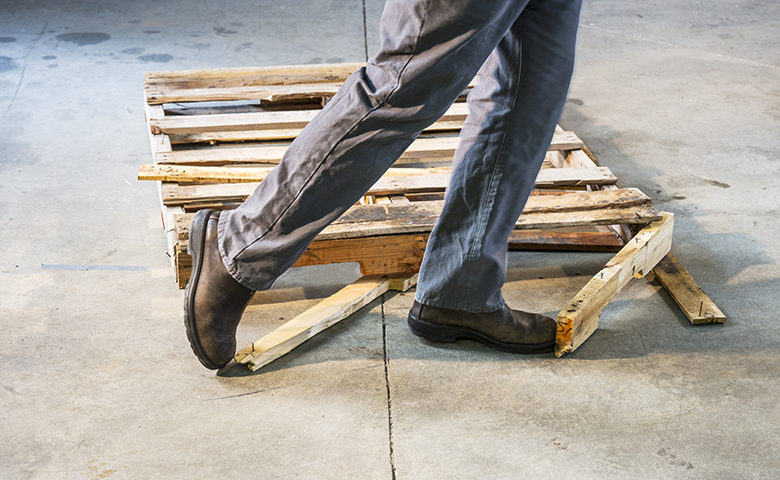December 21 marks the beginning of the winter season, and for many parts of the country, that means the start of cold, snowy weather. For those working outdoors, this time of year can bring a host of potential hazards, from frostbite and hypothermia to slipping on the ice or snow shoveling back injuries.
Don’t wait for a winter accident to happen at your work site. Take steps now to ensure the safety of your workers with these tips:
Wear the Right Gear
The first step to a safe job site is to assess your team’s winter workwear. Everyone on your team should have access to the proper gear for the weather such as gloves, boots, and hats. Remember, cold weather gloves need to be working gloves and should have a strong grip and enough dexterity to allow workers to properly use their tools.
Check uniforms and gear for damage, leaks, or exposed areas. Winter wear should be warm and waterproof to protect against cold and wet conditions.
It's important that winter boots be slip and water-resistant. Footwear may need to stand up to other hazards too, depending on the job, such as electrical shock. Ice cleats may need to be provided if workers will be walking directly on icy surfaces.
Prevent Slips, Trips, and Falls
Address potential icy areas as soon as temperatures drop and you become aware of snow or freezing rain. Ideally, ice and snow should be removed before employees arrive on site.
Prevent slip, trips, and falls by:
- Putting up easily visible warning signs to alert workers of potential hazards.
- Treating icy areas with ice melt products or salt.
- Shoveling snow from areas people will be walking on. Be especially careful of black ice underneath the snow, which can blend in with pavement.
- Placing mats at building entrances to prevent slippery indoor flooring.
- Marking off dangerous areas with safety and hazard communication barriers
- Training workers properly to use snow rakes, draglines, ladders, aerial lifts, and other winter tools.
Stay Hydrated
When you think of dehydration, working under the sun in the hot summer probably comes to mind. However, dehydration is equally as common in the winter.
When it’s cold outside, sweat can evaporate off our skin more rapidly than when it’s hot, leading to an increased risk of dehydration. In addition, the extra weight from coats, boots, and winter gear can increase perspiration.
You also may find that you are less thirsty when working in the cold, but it’s vitally important to keep drinking water. You may not realize how dehydrated you are getting while working.
Make sure workers have plenty of options when it comes to hydrating themselves during the workday. Set up hydration stations throughout the site for quick and easy access to water.
Mark Off Dangerous Areas
When eliminating a hazardous area isn’t an option on the job site, make sure your workers don’t accidentally wander into danger. Clearly mark off dangerous zones. A highly visible barrier is the most effective way to identify restricted areas and keep your workers safe.

